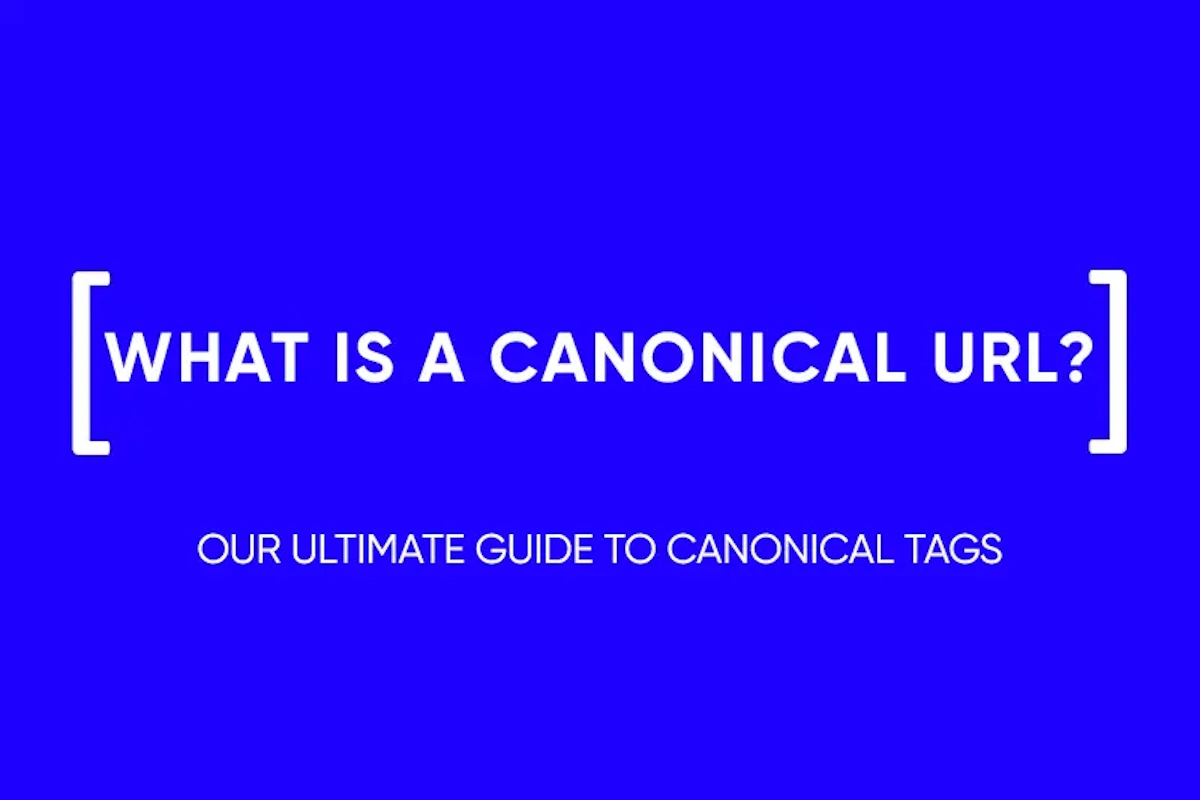What Is Cloaking in SEO
SEO optimization methods can be very different from filling the site with good text information with keywords to optimizing page loading. But there are methods that are not entirely honest, including cloaking. In our article, we will talk about cloaking in detail.
Cloaking and its meaning
Cloaking is the masking of the original content of a website in order to rank higher.
A special script determines who visited the page – a bot or a real user. From the point of view of black hat SEO, bots are more important as they take all the important metrics and determine whether the resource can be shown higher in the search results. For a search bot, the page will display content that ranks well, but is not useful for a particular user. For the user, the page will be different. For example, it will consist entirely of key queries or advertising banners.

Cloaking originates from websites in the 2000s. Then the search engines were not so smart and brought to the top sites with the most keywords. But for people, such pages are inconvenient as the content in them is unreadable so it is impossible to understand. And a site convenient for people from the point of view of robots was not good enough. They did not care about behavioral factors, the main thing was the keys.
Any such substitution of content on the site is illegal from the point of view of search engines and entails sanctions. The resource may lose its positions or not be displayed at all in the search results.
Separately, it is worth noting about the methods of “white cloaking”. For search engines, it doesn’t matter what exactly you are doing – if the page code for the user and the bot differ, then sanctions will be imposed on the site. At the same time, the same Google equally “fines” everyone. For example, in 2006, even the BMW website was subject to restrictions.
How to check a website for cloaking
Sometimes cloaking is done not by webmasters, but by competitors as they hack a popular resource and create an alternative page for it so that the site drops in the search results. Therefore, it is important for site owners to know how to check for cloaking.
If you suspect that the site has been attacked by intruders, you can check it using the Google Console. It has a “View as Googlebot” feature. You can see for yourself how the page looks for bots and people. If the content is different, the site has been attacked.
Alternatively, you can try to check the site manually according to the ranking results in the search engine. This method works when you know exactly what keywords your site is issued for. The issuance of irrelevant pages on your site may indicate cloaking.

Using the Firefox browser, you can also check the site for content spoofing. The User Agent Switcher function allows you to select a bot and use it to look at the page code. At the same time, using the Ctrl + U command, you can see the code for a regular user. If they match, everything is fine.
Finally, you can check the site for cloaking using special services like. Cloaking Checker. Sites without cloaking should have the same code for bots and users.

How to use cloaking on your resource
Black hat SEO techniques are unreliable. If search engines notice that you are using text replacement, the site will drop out of the search results. Therefore, use the mechanisms listed below at your own peril and risk.
- Invisible text. The basic cloaking technique is to simply add text to the page that will be invisible to users. For example, the same color as the background. The bot will see it in any case and rank the site higher. Previously, webmasters “driven” keywords for the page into the background of the site in this way.
- Websites based on Flash. Flash used to be a popular technology for creating websites – based on it, interactive elements were made until HTML5 appeared. Working with Flash is easier, so a webmaster can make a flash site for users, and HTML for bots.
- Cloakers. In principle, at least some effective cloaking is possible only with a special service. He will do all the work for you – you just need to provide the downloaded pages, their clones and the base of addresses of search engine bots.

The main points
- Cloaking is the disguise of the original content of the site in order to increase its position in the search results. The disguised site gives out different pages for bots and real users.
- Cloaking can be used as a tool to compete with a competitor. Then the site is hacked and a disguised page is created, due to which the search engine can lower the resource in the search results.
- Site page masking techniques are outdated. The result can only be shown by working with special services, but this is too risky.
and stay up-to-date with the latest news about our platform and affiliate marketing.




